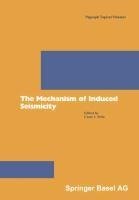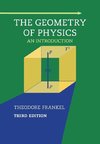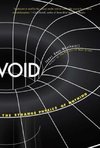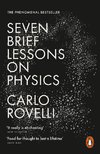
-
 Anglický jazyk
Anglický jazyk
The Mechanism of Induced Seismicity
Autor: Cezar I. Trifu
Vol. t59. 2002 J damaged zone on the rock mass. Collins el al. examine the benefits of employing small-scale microseismic and acoustic emission systems to investigate the temporal fracture mechanics of microcrack formation associated with a tunnel sealing... Viac o knihe
Na objednávku
98.99 €
bežná cena: 109.99 €
O knihe
Vol. t59. 2002 J damaged zone on the rock mass. Collins el al. examine the benefits of employing small-scale microseismic and acoustic emission systems to investigate the temporal fracture mechanics of microcrack formation associated with a tunnel sealing experiment at the Underground Research Laboratory nuclear waste test site in Canada. They associate microseismic events with clusters of acoustic emissions and outline that both types of sources are generally characterized by deviatoric failure components. Using the same experimental setup, Hazzard el al. employed a bonded particle model to simulate shear microfraclures induced by the lunnel excavation. Comparing Ihe modeling results with information provided by the moniloring of microseismicity and acoustic emissions, the authors identify similarities in both the presence of foreshocks associated with macro-slip events, and the pallerns of energy release during loading. Hildyard and Young allempt to model the seismic wave interaction with fractured rock surrounding underground openings, through exper iments such as a rockbursl simulation, in situ events generating acoustic emissions, and laboratory fractures. Their results highlight that realistic wave modeling around openings requires the presence of a stress-dependent fracture stiffness coupling the surfaces of the fracture. Ultrasonic attenuation tomography and enhanced velocity tomography were studied by D~bski and Young for an earlier laboratory experiment of thennally induced fractures in granite.
- Vydavateľstvo: Birkhäuser Basel
- Rok vydania: 2002
- Formát: Paperback
- Rozmer: 244 x 170 mm
- Jazyk: Anglický jazyk
- ISBN: 9783764366537











 Nemecký jazyk
Nemecký jazyk 
